Walk into most department stores a few years back and you could have sworn Burberry was playing hide-and-seek. There it was: a quiet corner, a rack of trench coats, the signature check quietly folded like something carefully shelved in a family heirloom box. Classic? Yes. Cool? Not exactly. The brand felt, to a growing swarm of younger buyers, like something their parents might own — noble and respectable, but mildly embarrassing at a rooftop party.
Fast forward to now and the headlines read like a finance-sector soap opera. Operating profits plunged dramatically, yet the stock skyrocketed — as if the market collectively decided to buy hope on margin. Within months the company’s valuation leapt back into the billions. How does that happen? The short answer: a deliberate, slow-burn brand reset that married heritage with fresh energy, backed by management moves that made investors believe the turnaround could actually pay off.
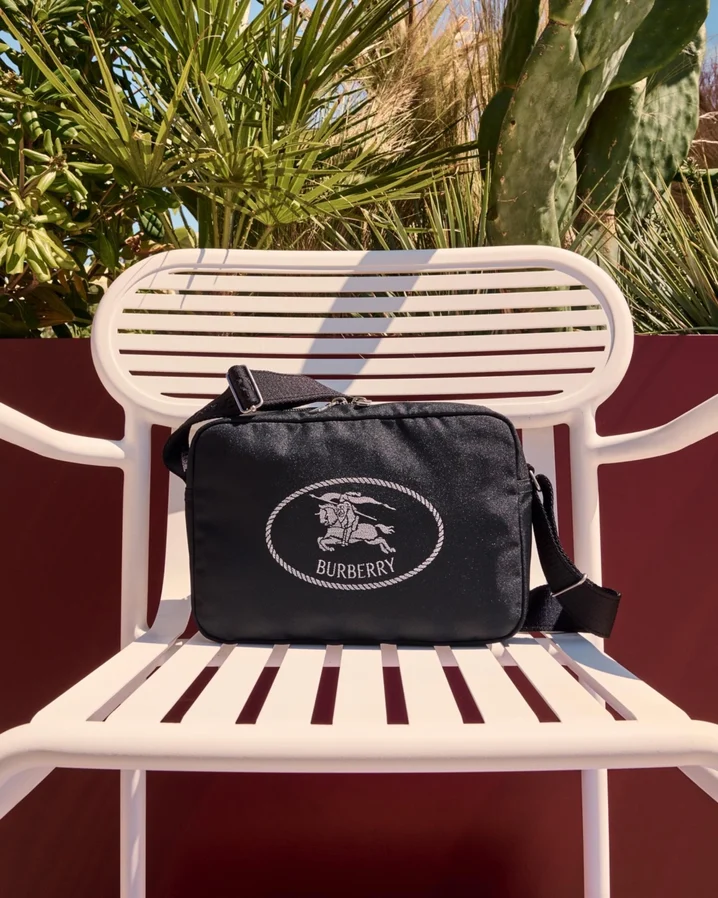
Below: the full dissection — origin story, high and low points, the pivot, the risks, and the signals to watch. If you want the TL;DR: Burberry didn’t try to become someone else. It reclaimed what made it unique and repackaged that for a generation used to irony and relevance.
TL;DR
- Burberry was seen as old-fashioned, leading to declining profits despite its rich heritage.
- The stock price surged not because of current profits, but because investors bought into a credible story of future growth.
- The turnaround was led by a powerful duo: creative director Daniel Lee, who modernized the brand’s core identity, and a commercial team focused on disciplined pricing and distribution.
- The strategy involved reclaiming heritage motifs, designing intentional products (especially accessories), and reducing over-discounting to rebuild a premium image.
- The success hinges on consistent execution, balancing creative buzz with commercial discipline, and navigating volatile luxury markets.
Origins: Function before Fashion
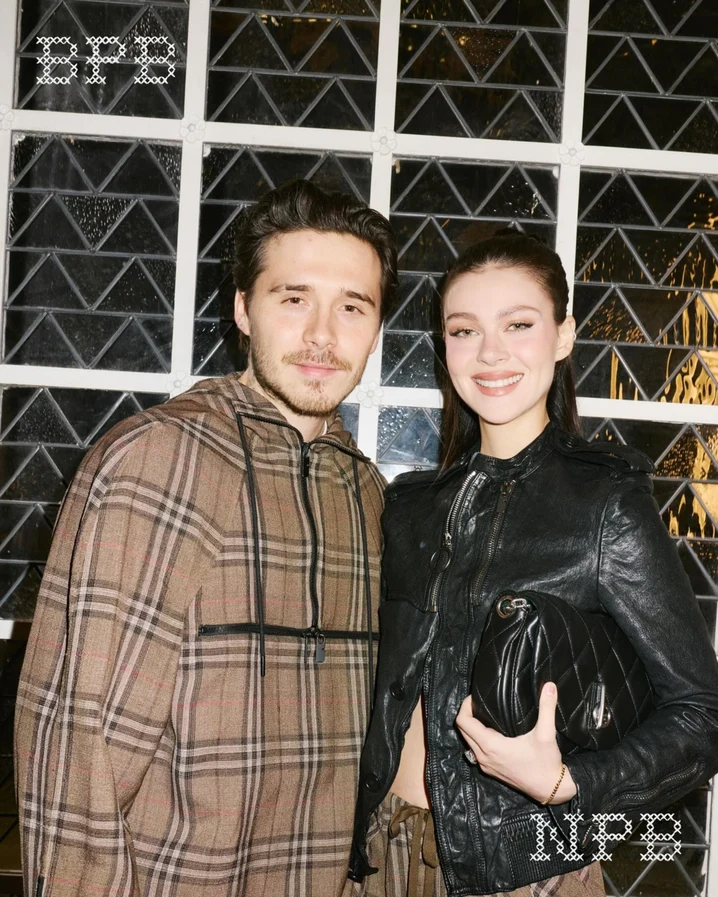
Burberry started as a utilitarian solution, not as a Prada runway stunt. In 1856 Thomas Burberry, then a young fabric merchant, created gabardine — a breathable, water-resistant cloth. It solved a practical problem: Britain’s damp, miserable weather. The trench coat followed, not as a fashion statement but as functional outerwear with military utility. It gained traction during wartime and became associated with British resolve and practicality.
That combination of function-plus-culture became the brand’s DNA. Over decades this DNA acquired a patina of dignity — an emblem of English utility and refinement. Not glamour in the flash sense, but a dependable, recognizable identity. And for a long time, that identity was enough.
The Glory Days — And What Went Wrong
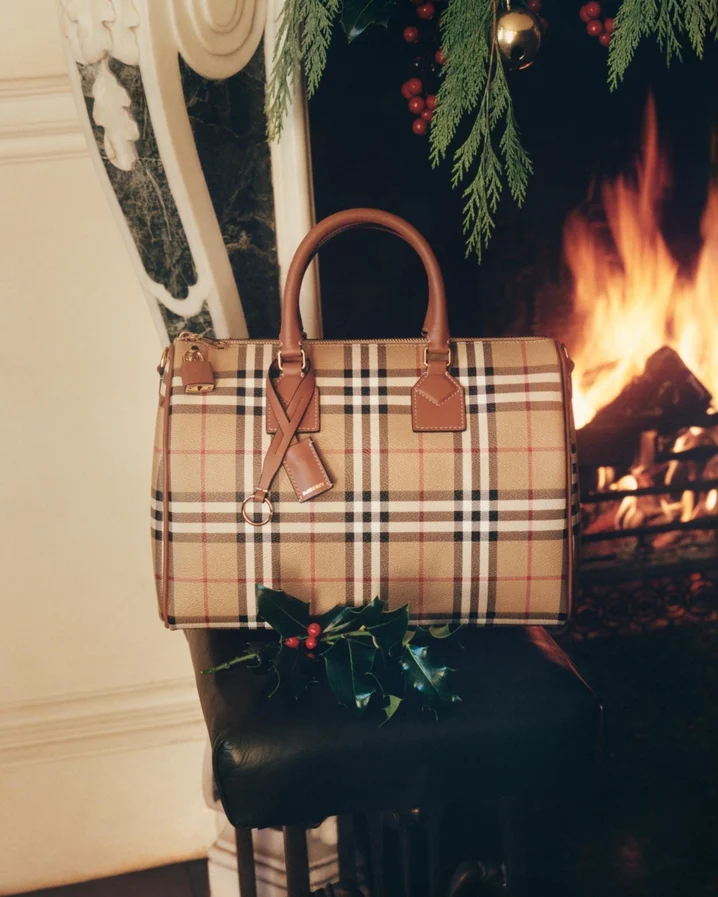
During the late 1990s and early 2000s, Burberry experienced a revival. The brand became fashionable again, thanks to a mix of celebrity endorsements and clever marketing. The check pattern, trench coats, and carefully curated campaigns were everywhere. Burberry had regained cultural currency.
However, that success created a new problem: overexposure. The check — once a classy signature — started to appear on everything. The market was flooded with knockoffs and cheap reinterpretations. What had been a mark of refinement started to look tired and, worse, ubiquitous. The brand’s image slid from aspirational to something closer to everyday. As competitors reimagined luxury — merging artisanal craft with new aesthetics — Burberry’s core codes looked conservative and, notably, not as exciting to younger consumers.
Add to that strategic missteps: uneven product focus, pricing inconsistencies, and distribution choices that diluted perceived exclusivity. Outlet discounts and over-discounting in certain channels chipped away at the premium message. The brand began to live in the awkward middle: neither outrageously luxurious nor universally accessible.
The Numbers vs. the Narrative: A Weird Disconnect

Here’s the business paradox that made financial journalists croon: at one point Burberry reported a dramatic decline in operating profit year-over-year — numbers that should have spooked investors. Yet the stock rallied substantially over the same period. How can a company be losing operating steam while investors keep buying in?
Because markets are forward-looking. Investors didn’t buy the current fiscal statement; they bought a story — a credible narrative about what the company could become. Stories in markets aren’t fluff. They’re a compilation of management signals, product cues, and measurable momentum. When a brand shows real signs of cultural regeneration (new products, high-profile creative shifts, and leadership with a track record), investors sometimes front-run the cash flow realities. They price the future, not the present.
The Two People Who Matter: Creative & Commercial

Any brand reboot rests on two pillars: creative direction and commercial execution. Burberry’s revival hinged on both, and it didn’t happen by accident.
Creative: Daniel Lee
When Daniel Lee arrived, the strategy was not to erase Burberry’s past. Instead, it was to mine it for emotional truths and reframe them with modern design. That meant reviving vintage brand elements and showing them differently. The brand’s equestrian knight iconography, for instance, re-emerged with a sharper, more contemporary voice. Bags like the B-clip offered an instantly recognizable silhouette married with modern restraint. The work felt like archaeology: dig up the right relics, clean them up, and place them where young people can see them again.
Commercial: Joshua Schulman
On the business side, leadership focused on how to monetize the momentum without ruinous discounting. That meant a careful rethink of distribution strategies (drive value through controlled channel management), prudent pricing policies (protect the premium), and a harder look at retail economics. Schulman’s role was to translate renewed desirability into sustainable revenue growth — to make the creative renaissance pay in the ledger.
Put together, this pair — the creative spark and the commercial brain — gave investors something they could model and believe in. It reduced the “it’s just hype” risk.
What Burberry Actually Changed — The Tactical Moves

A brand doesn’t revive itself with a single campaign. It takes a set of coordinated actions:
- Reclaim core heritage with a modern lens. Not nostalgia for nostalgia’s sake, but relevant reinterpretation. Use the trench, the gabardine story, and the knight motif to tell a story that matters today.
- Design with intention. Bags and accessories that are distinct in silhouette and language. Products that create visible recognition in social feeds without screaming “heritage costume.”
- Channel discipline. Reduce over-discounting. Keep the high-end roster genuinely premium. Offer affordable entry-level pieces, but not at the cost of destroying brand equity.
- Platform and perception. Put the brand back where culture is active: stylists, influencer partnerships that feel authentic (not transactional), and content that can earn attention rather than just purchase ad space.
- Operational tightening. Align supply chain, inventory, and pricing so that marketing lifts translate to actual margin recovery.
Each of these is both soft (branding, storytelling) and hard (pricing, inventory, revenue recognition). Both must be done well.
Why Investors Bought the Story
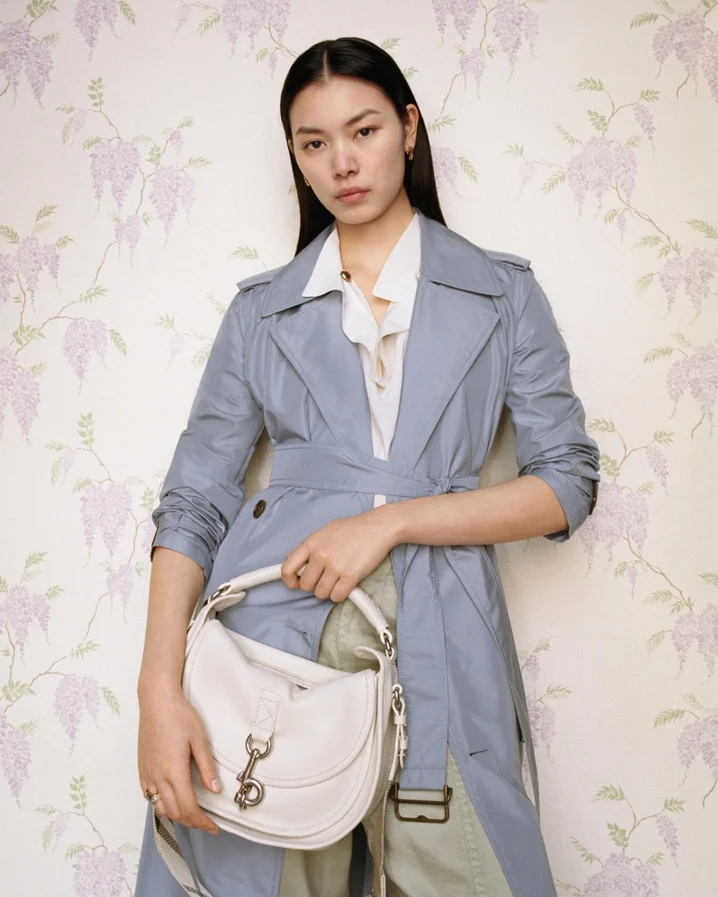
Investors are not blind. They bought because they saw:
- Credible management appointments. Leaders with past successes in steering brands back to growth are a powerful signal.
- Measurable momentum. Ticket items: bag launches that trend, campaigns that actually engage, and social chatter that’s not just noise.
- Perceived mispricing. When a legacy name hits a rough patch, valuations compress. If the turnaround thesis is plausible, the upside can be very large relative to the downside.
- A clear narrative. “Heritage reclaimed” is an easy pitch and easier to model.
Again, this isn’t a guarantee of future returns. It’s simply the logic that drives market behavior: when the future looks better than the present, prices adjust accordingly.
The Risks — Because Nothing Is Ever Simple
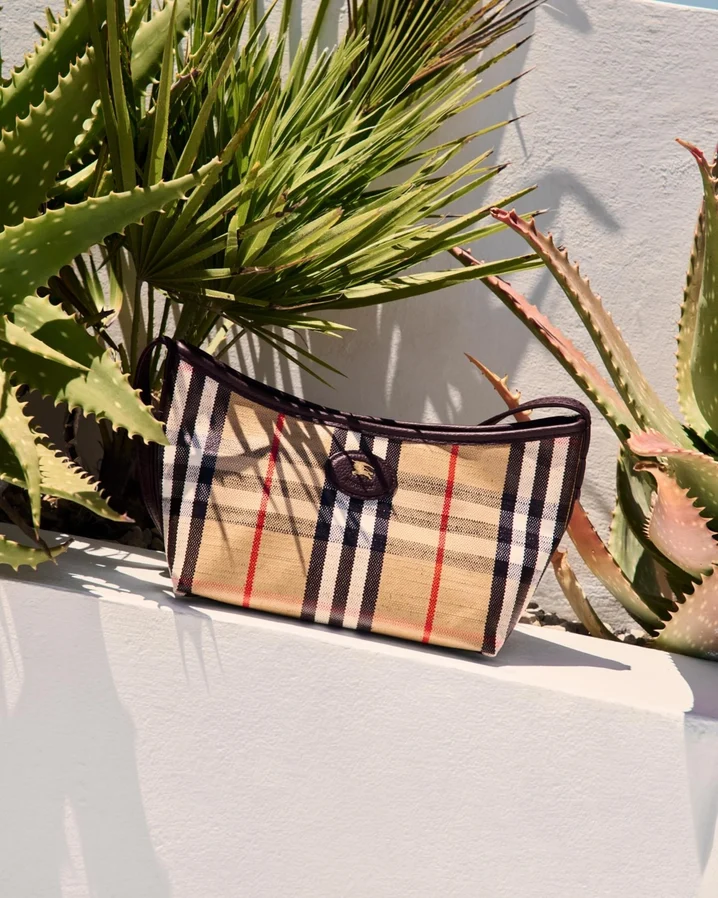
Here’s what can still go wrong:
- Dependence on fast-moving markets, particularly China. If consumer recovery in key territories stalls, momentum evaporates fast. Luxury demand is volatile and geopolitically sensitive.
- Dilution from pricing errors. If the brand relaxes price discipline or floods outlet channels to chase short-term sales, the premium perception is lost. And once lost, it’s expensive and slow to rebuild.
- Copycat culture and competition. The market is crowded with brands that reinterpret heritage. Burberry must be distinct, not derivative.
- Execution fatigue. Strategy needs consistent, patient implementation. Short-lived campaigns won’t cut it. Leadership must stick to the plan even when quarterly numbers look ugly.
- Overreliance on narrative. A great story needs product follow-through. If design and distribution don’t deliver, the story is just that — a story.
What to Watch — The Real Indicators of a Turnaround
If you want to track whether Burberry’s revival is for real, don’t watch press clippings. Watch these hard metrics:
- Comparable store sales growth. This shows whether customers are walking in and buying more. It’s a primary signal of retail health.
- Gross margin and inventory days. Improving gross margin with shrinking inventory days means the company is selling through at healthier prices — the holy grail.
- China and APAC performance. These regions move the needle for luxury revenue. Watch conversion rates, average transaction value, and comp store metrics there.
- Digital metrics. E-commerce revenue, repeat customer rates, and online conversion tell you if the brand’s cultural buzz is translating to repeat economics.
- Product sell-through rates of new launches. If new bags and collections consistently sell through without discounting, that’s strong validation of the creative direction.
New Insights: Why Heritage Brands Have a Chance Now
Two cultural forces play in Burberry’s favor:
- Younger consumers crave authenticity, not shiny hollow hype. Millennials and Gen Z often prefer brands that can tell a real story with depth. Heritage brands — if they use their history intelligently — can feel more authentic than brands built overnight with venture funding.
- Sustainability and craft matter. A trench coat that’s built to last and a company that cares about materials has a narrative that fits today’s consumer expectations. If a product can be framed as better-made and longer-lasting, it taps into both sensibility and sustainability — a compelling combo.
Put simply: the cultural climate is more receptive to reinterpreted heritage than it might have been a decade ago.
My Take — Straight Talk
Here’s the blunt view: Burberry deserves credit for having the guts to lean on its genuine strengths rather than chasing each passing microtrend. That’s rarer than people think. The brand’s approach feels strategic rather than desperate.
However, confidence is not the same as delivery. Investors might be buying a well-told story. Consumers buy product. For this revival to be durable, Burberry must keep its pricing discipline and distribution honest. It must also guard against turning nostalgia into costume. Relevance is a living thing — it needs regular feeding.
If management can walk the tightrope between aspiration and accessibility, and if the products consistently deliver that “I want that” feeling without cheapening the brand, Burberry can move from a story of hopeful expectation to a story of reliable profit.
The Bottom Line
Burberry’s situation is a textbook case in modern brand strategy. The company didn’t invent a new identity. Instead, it recalibrated what made it valuable and made that accessible to people who were ready to believe in it again. That mix of heritage plus contemporary design is a powerful formula when executed with discipline.
Still, the company’s fate depends on consistent execution. Good design gets attention. Smart management turns attention into revenue. And, for now, the market is giving Burberry the benefit of the doubt. Whether that benefit results in sustained growth will depend on the company’s ability to balance romance and economics — creative heat with commercial rigor.







